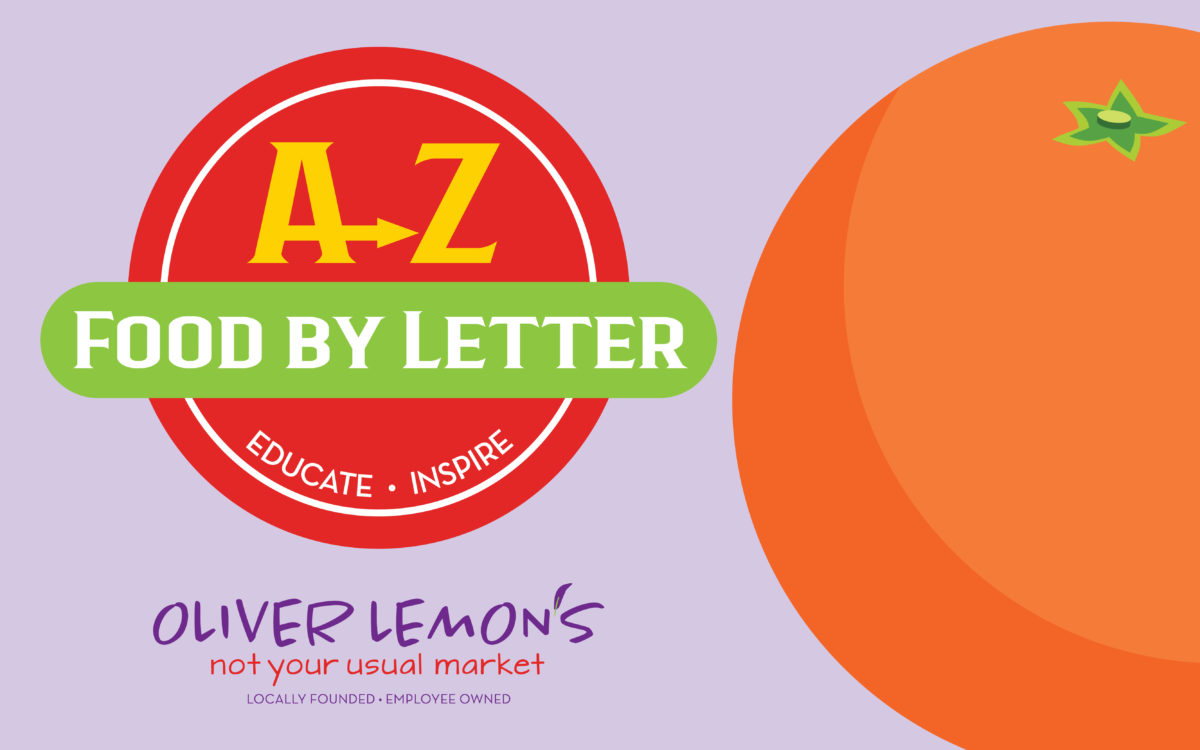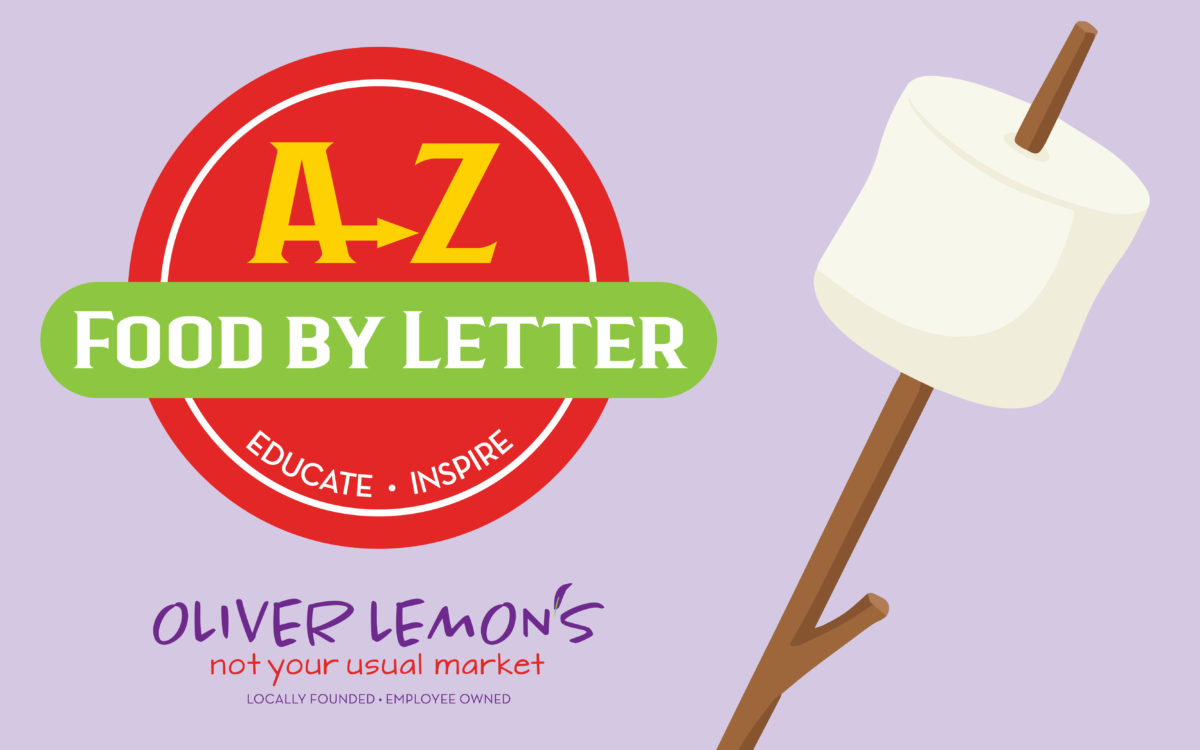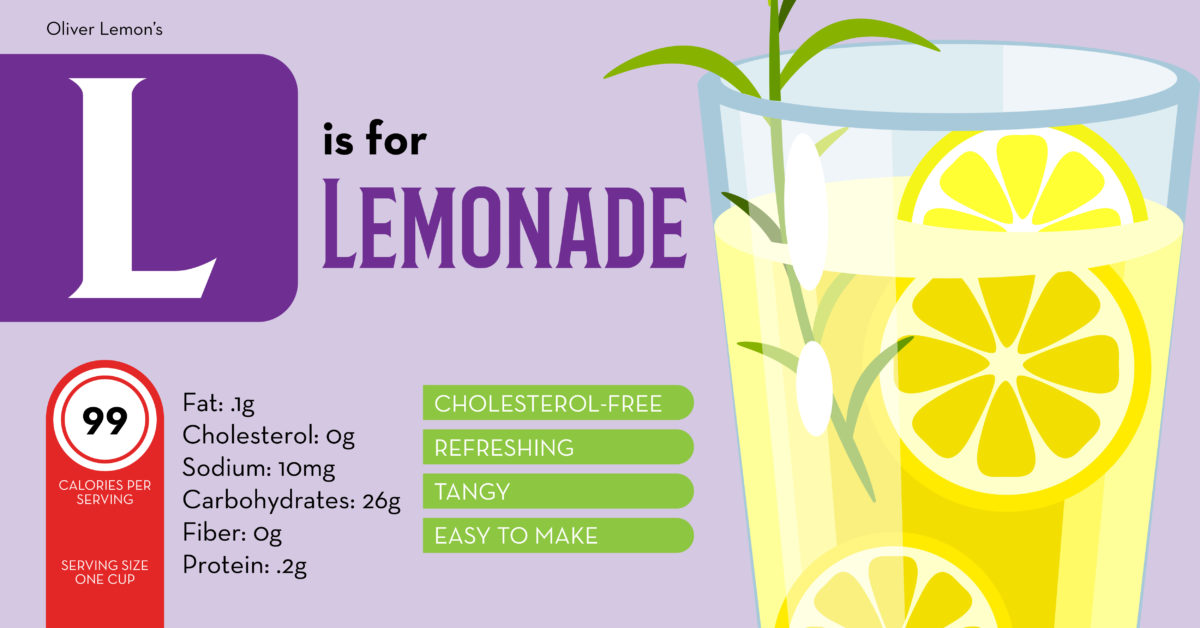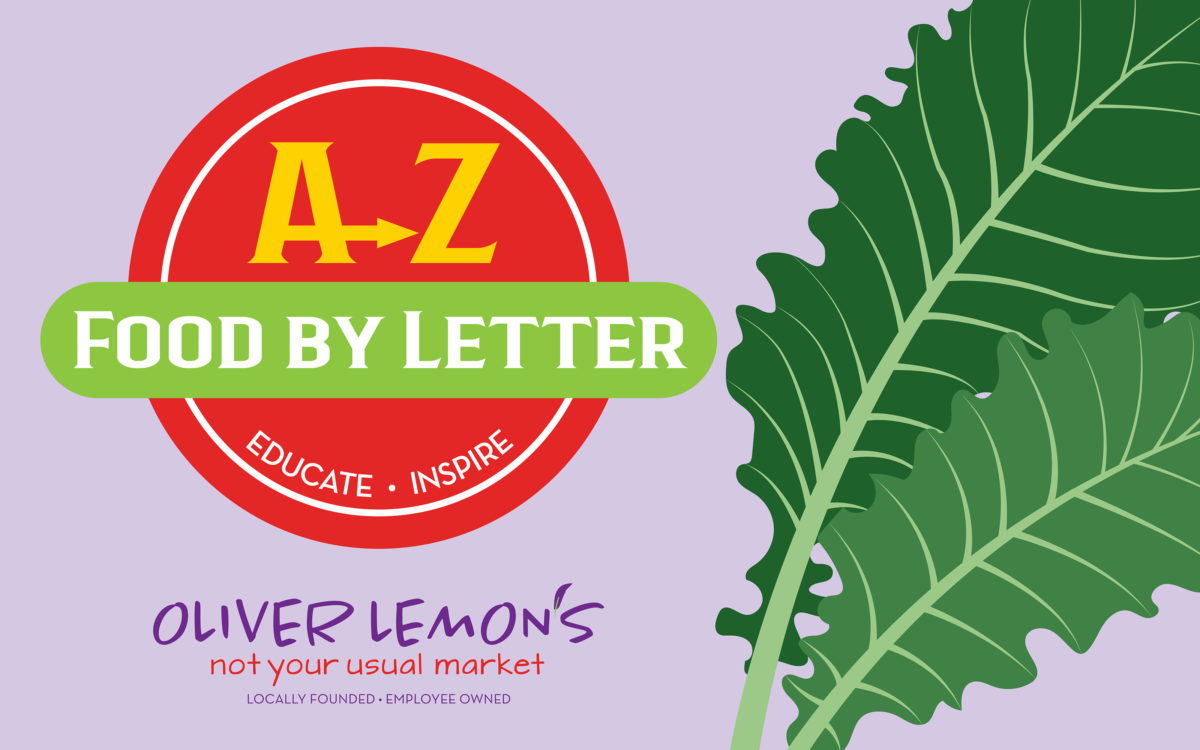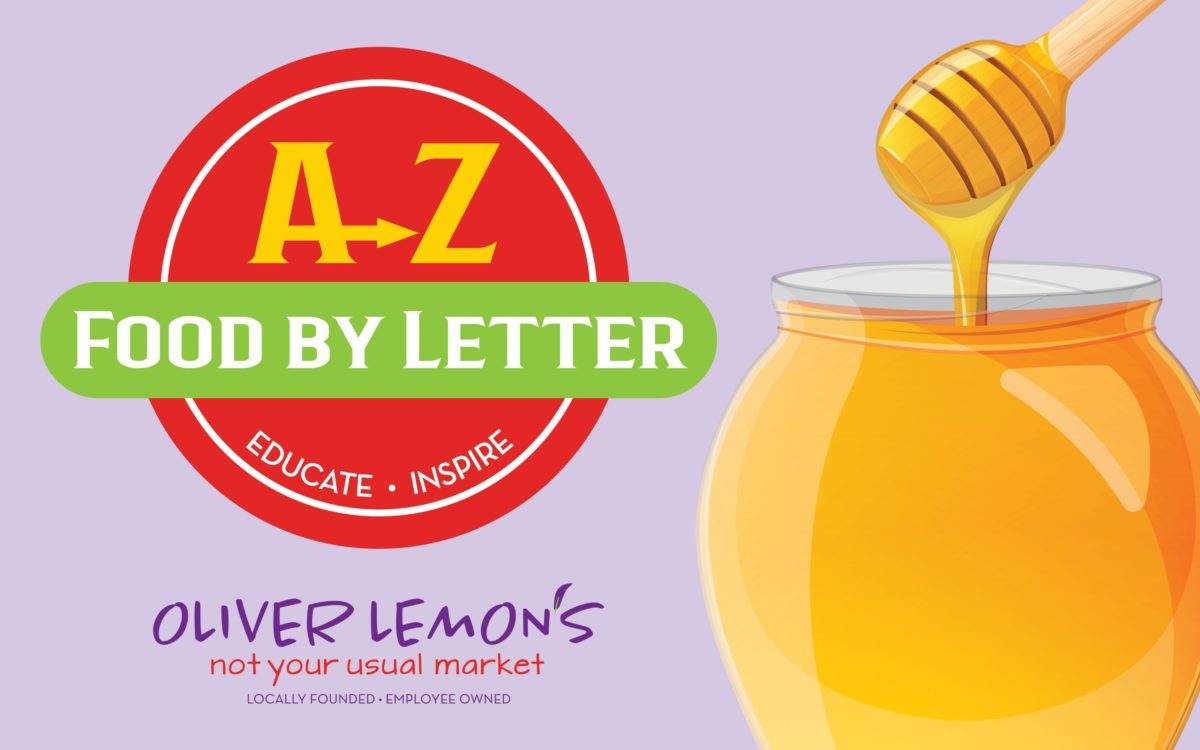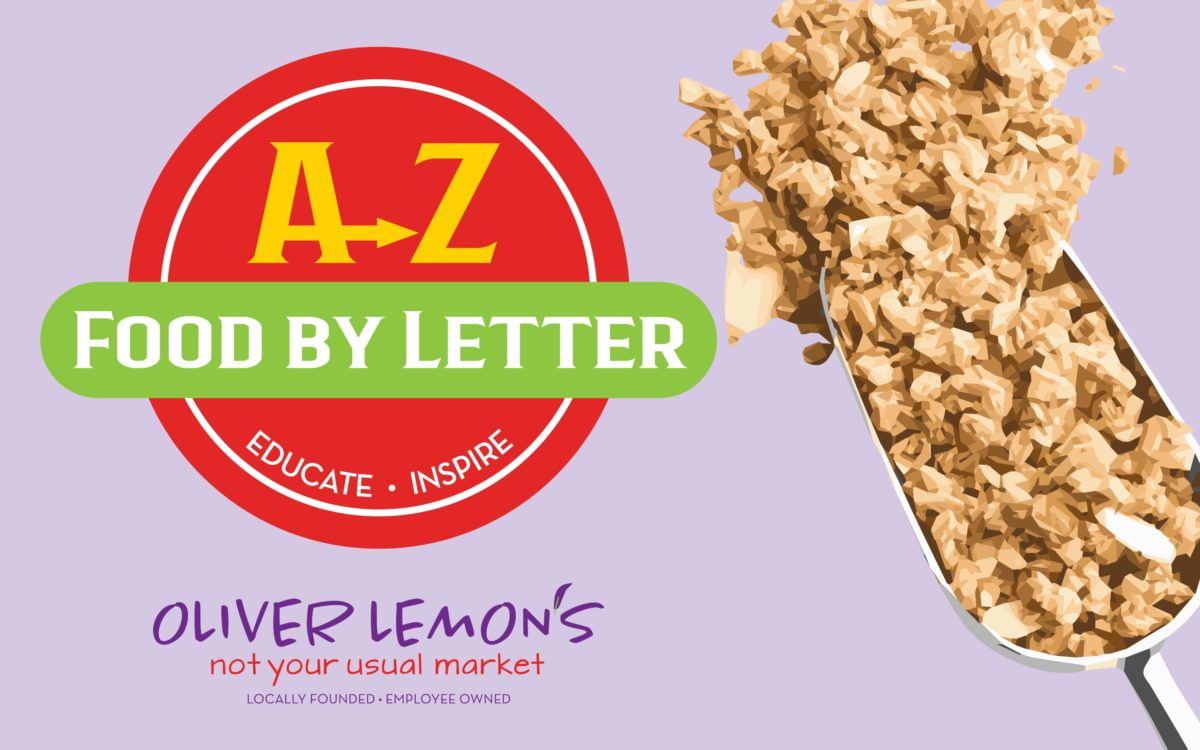
How would you describe a pear? Juicy, sweet, gritty, fresh, buttery...the list could go on and on.
Pears are a member of the rose family and have been enjoyed by people for thousands of years. Pears originated in southeastern Europe and were a favorite food of the ancient Greeks and Romans. The ancient Greek author Homer described them as “gifts from the gods” due to their sweet, juicy flavor. The early Romans developed 50 varieties of pear and planted them all across Europe.
The first pear tree made its way to the US in 1620. By the 1700s, many European settlers were growing pears. They were given the nickname “butter fruit” because of their soft, melting texture. There are over 3000 varieties of pears worldwide (with Bartlett, Bosc, and D’Anjou pears being the most popular) with the majority of pears sold in the United States being grown on the west coast, mainly right here in Oregon and Washington.
Pears don’t just taste great, they are good for you too! The fruit is especially rich in folate, vitamin C, copper, and potassium. They’re also a good source of polyphenol antioxidants. Here are some of the top health benefits of eating this nutritious and delicious fruit:
Pears are an excellent source of soluble and insoluble fiber, which are essential for digestive health. Soluble fibers feed the healthy bacteria in your gut. They’re considered prebiotics, which are associated with healthy aging and improved immunity.
Pears are a great source of flavonoids, antioxidants that may help reduce inflammation and protect against certain diseases like heart disease and type 2 diabetes.
Pears are rich in potent antioxidants, such as procyanidins and quercetin, that can boost heart health by improving blood pressure and cholesterol. Eating pears regularly may reduce your risk of stroke.

Impressive and easy are some of our favorite words to describe this fresh pear cobbler recipe from The Spruce Eats. Serve warm as is or, for an extra special dessert, top with fresh whipped cream or vanilla ice cream. Read on for more:
Ingredients
3 to 4 cups sliced fresh pears
1-1/2 cups sugar
1 stick (4 oz) butter
3/4 cup all-purpose flour
2 tsp baking powder
1 tsp ground cinnamon
1/4 tsp salt
3/4 cup milk
1 large egg
Ice cream, optional
Whipped cream, optional
Instructions
- Preheat the oven to 325 degrees F. Mix the pears with 1/2 cup of the sugar and let stand.
- Put the butter in a 2-quart baking dish and place in the oven until melted.
- Combine the remaining sugar, flour, baking powder, cinnamon, and salt in a mixing bowl. Mix well.
- Whisk together the milk and egg in a separate small mixing bowl.
- Slowly combine the milk and egg mixture with the dry ingredients to make a batter.
- Pour the batter over the melted butter. Do not stir.
- Spoon the sliced pears over the batter. Do not stir.
- Bake in the preheated oven for 50 to 60 minutes, or until nicely browned and the pears are tender. If the topping appears to be browning, cover the dish with foil and continue baking until the pears are tender.
- Remove the cobbler from the oven and set it on a rack to cool slightly. Add optional whipped cream or ice cream. Enjoy!



